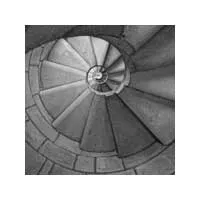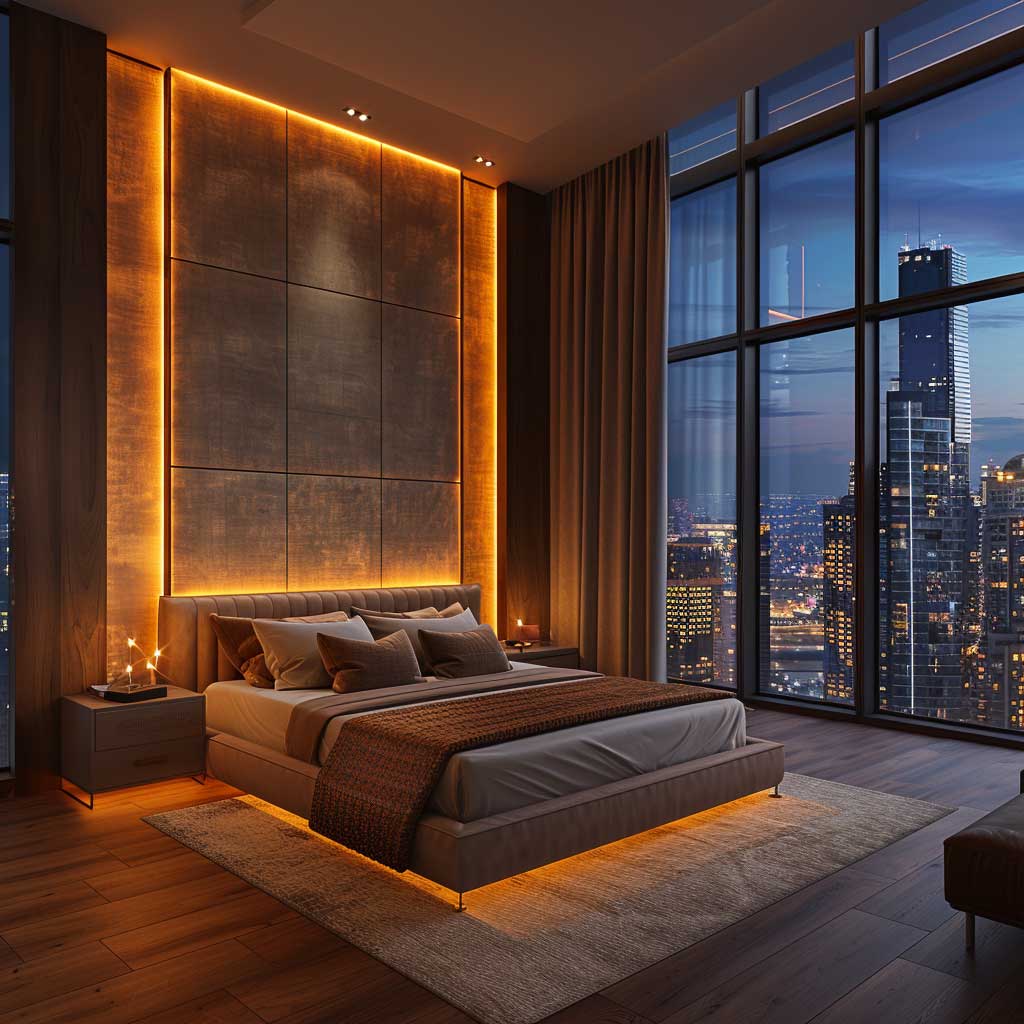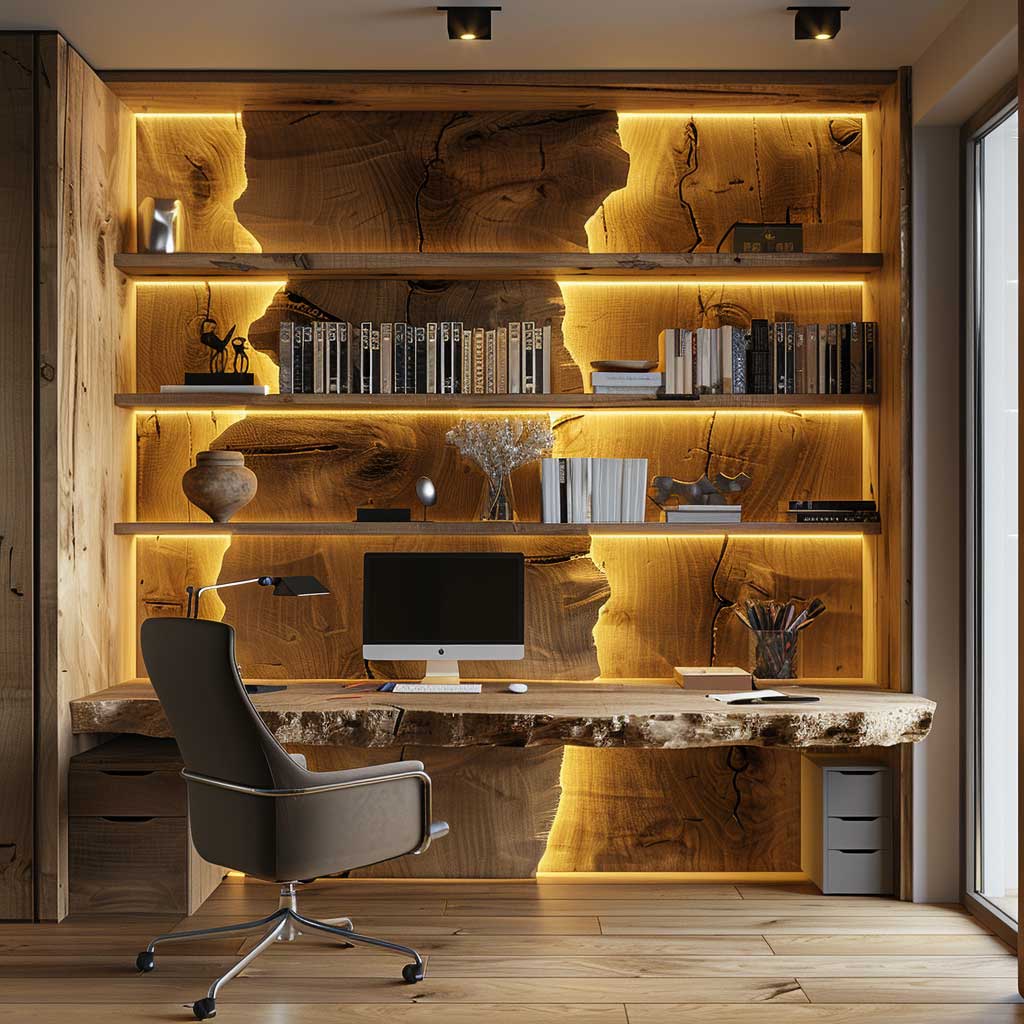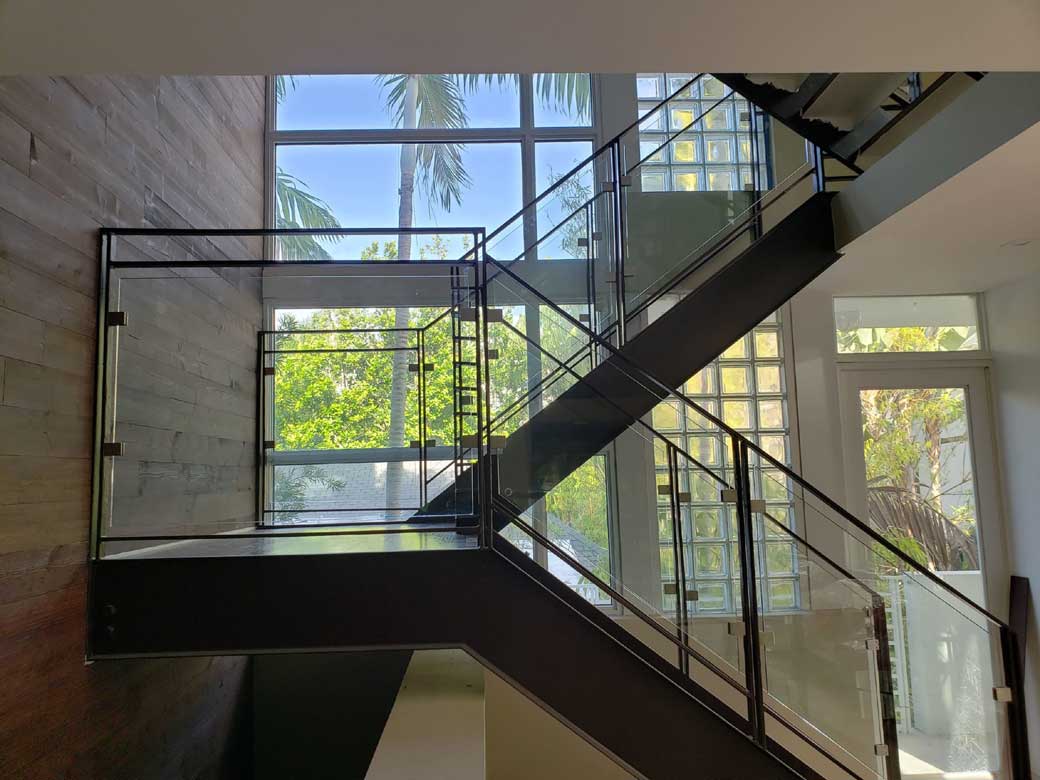The modern home is not just a place to rest and recuperate, but a canvas for the expression of art, innovation, and sustainability. The use of innovative building materials such as stone slabs and frameless glass panels is revolutionizing the way we perceive and interact with spaces. This article delves into the inspiring and artistic journey of transforming living spaces by embracing the outdoors with the use of these key materials.




The Artistry of Stone Slabs
Stone slabs are not just a building material, but a piece of art that brings a sense of nature and timeless beauty into a home. The texture, color, and pattern of each slab are unique, adding a layer of sophistication and elegance to the space. Incorporating stone slabs into the design of a home not only enhances its aesthetic appeal but also its functionality and durability. The versatility of stone slabs allows them to be used in various applications, from countertops to flooring and wall cladding. Moreover, stone slabs are incredibly durable and resistant to wear and tear, making them a practical choice for high-traffic areas. Additionally, the natural variations in the stone add character and depth to the space, making each application unique and personalized. Lastly, stone slabs are a sustainable choice as they are a natural material that can be recycled and repurposed.
The Transparency of Frameless Glass
Frameless glass panels create a seamless connection between the indoor and outdoor spaces, allowing natural light to flood the interiors and providing unobstructed views of the surrounding landscape. The use of frameless glass in the design of a home blurs the boundaries between the inside and outside, creating a sense of openness and freedom. The transparency of frameless glass allows the beauty of the outdoors to become an integral part of the interior design. Moreover, frameless glass panels are a practical choice as they are easy to clean and maintain. Additionally, the use of frameless glass can help reduce energy consumption as it allows natural light to illuminate the space, reducing the need for artificial lighting. Lastly, frameless glass panels are a versatile design element that can be used in various applications, from windows to doors and partitions.



The Fusion of Natural Light and Dark Joinery
Natural light is a crucial element in creating a comfortable and healthy living environment. The use of dark joinery in contrast with the abundance of natural light creates a harmonious balance in the space. The dark tones of the joinery add depth and warmth to the interiors, while the natural light enhances the sense of space and well-being. The combination of natural light and dark joinery creates a cozy and inviting atmosphere that is perfect for relaxation and rejuvenation. Moreover, the use of dark joinery adds a touch of sophistication and elegance to the space. Additionally, dark joinery is a practical choice as it is durable and easy to maintain. Lastly, the use of natural light and dark joinery is a sustainable design approach as it reduces the need for artificial lighting and heating.
The Timelessness of Minimalist Design
Minimalist design is characterized by simplicity, functionality, and the use of neutral colors. Incorporating minimalist design principles into the home creates a timeless elegance that is both stylish and practical. The use of simple materials, clean lines, and a restrained color palette creates a sense of calm and order in the space. Minimalist design is not about deprivation, but about creating a sense of abundance by focusing on the essentials. Moreover, minimalist design encourages mindfulness and intentionality in the way we use and interact with space. Additionally, minimalist design is a sustainable approach as it promotes the use of fewer materials and resources. Lastly, minimalist design is a versatile style that can be adapted to suit individual preferences and needs.

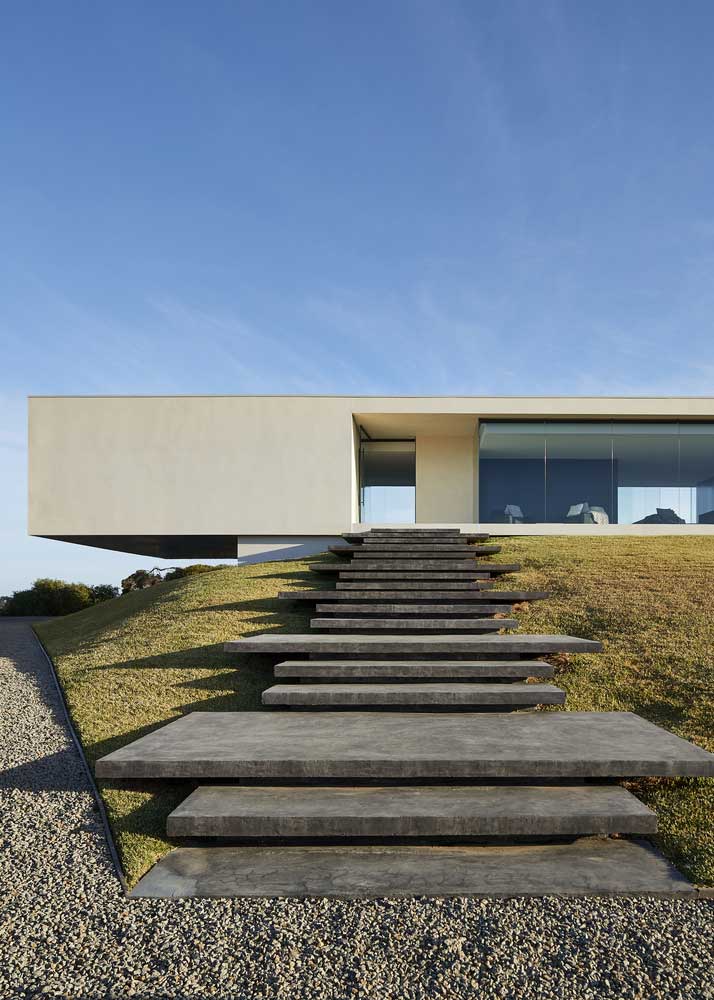
The Sustainability of Modern Building Materials
The use of sustainable building materials is not only beneficial for the environment but also for the well-being of the occupants. Modern building materials such as stone slabs, frameless glass, and timber are durable, energy-efficient, and low-maintenance, making them a smart choice for a sustainable future. The use of sustainable building materials reduces the environmental impact of the construction and operation of the building. Moreover, sustainable building materials contribute to a healthier indoor environment by reducing air pollution and improving indoor air quality. Additionally, the use of sustainable building materials can lead to cost savings in the long run as they are durable and require less maintenance. Lastly, the use of sustainable building materials is a responsible choice that contributes to the well-being of the planet and its inhabitants.

Conclusion
Embracing the outdoors with the use of innovative building materials such as stone slabs and frameless glass panels is transforming the way we design and experience living spaces. The fusion of natural light, dark joinery, minimalist design, and sustainable materials creates a harmonious and timeless environment that inspires and rejuvenates.
